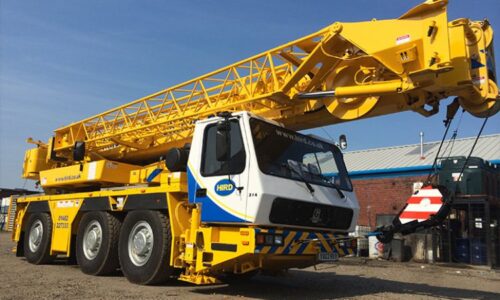
Picking up the tyres for your vehicle looks like a relatively easy task. You go to the store, tell the vendor which car you drive, and that’s pretty much it, right? Well yes, but only if you have absolutely no regards for your own safety. The tyres have one of the biggest effects on the vehicle’s overall performance. Finding the fit for your specific needs and driving style requires some important considerations.
Let’s take a look at some of the most important things you should sort through before spending the money.
Size
Size has to be one of the most important factors that affect the performance of a tyre set. Although mounting your car with the set that is not tailored for your wheels is impossible, it can prove to be very dangerous. So, to get a piece of mind and avoid any kind of error on behalf of the sellers, be sure to check the size on side of one of your current tyres. The part of the inscription that marks the set size starts with theletter “R” (e.g. R17).
Profile
Essentially, the tyre profile represents the thickness of the tyres’ sidewalls and being such produces a great impact on their structural integrity. A high tyre profile (numbers going above 50) provides better stability, more comfortable performance, and longer lifespan. Lower tyre profiles are more prone to damage but allow for better steering. The profile indicator can be found at the side of your tyres. In the inscription P197/40/R15/V, the profile is marked by the number 40.
Width
Width is the third member of the tyre spec trinity. Much like with the profile, wider tyres have more contact with the pavement, so they produce a more stable performance. This is especially important in wet driving conditions. Narrower tyres, on the other hand, provide a lesser grip but allow for a far more comfortable driving experience. The width of the tyres is measured in millimetres and marked as such at the side of the tyres (e.g. 197 in P197/40/R15/V).
Tread pattern
Tread pattern may not qualify as one of the tyres prime specs, but it’s terribly close to the top. It affects the performance, safety, and even the level of enjoyment you are going to get out of driving. Based on the pattern, the tyres can be divided into three groups.
- Directional – Since they feature wider V-shaped threads, they produce solid grip and easily disperse water which makes them an excellent choice for rainy conditions.
- Symmetrical – The most popular pattern designed for comfortable and silent performance.
- Asymmetrical – Asymmetrical patterns are a good choice for drivers who want to get good performance on wet roads without compromising performance. For instance, if you want to buy 4wd tyres for your4 x 4 SUV, this is the pattern you would make the best use of.

Speed rating
The speed rating is usually the last letter you can find on the tyre label. For instance, it’s the letter “V” in the P197/40R15/V inscription. What this mark describes is the tyres’ overall grip and stopping power. However, a higher speed rating also means less durable treads. Let’s do a quick breakdown of the contemporary speed labels:
- Q – 160 km/h
- S – 180 km/h
- T – 190 km/h
- U – 200 km/h
- H – 210 km/h
- V – 240 km/h
- W – 270 km/h
- Y – 300 km/h
- (Y) – Above 300 km/h
Price range
This property is entirely arbitrary. Even so, different manufacturers have their well-deserved reputations. In this case, the name of the brand can tell you a lot about the tyres’ overall quality. So, let us try to divide some of the most famous names in the tyre industry into these three groups:
- Budget tyres – Atturo, Minerva, Goodride, and Kenda.
- Value tyres (good price/value ratio) –Nexen, Kumho, Toyo, Hankook, and Falken.
- Premium tyres – Michelin, Dunlop, Bridgestone, Pirelli, and Continen
The tyres that are lower-rated than the brand from the budget group are really no worthy of your consideration.
And there you have it, the top six factors you should consider when purchasing a new set of tyres for your favourite four-wheeler. Car maintenance tends to become quite tiresome as the time goes by, and the proper care for the tyres falls as the first victim of this humdrum. This practice should be avoided. As we briefly mentioned in the introduction, tyres have a huge impact on the vehicle’s performance. They deserve all the attention they can get.

